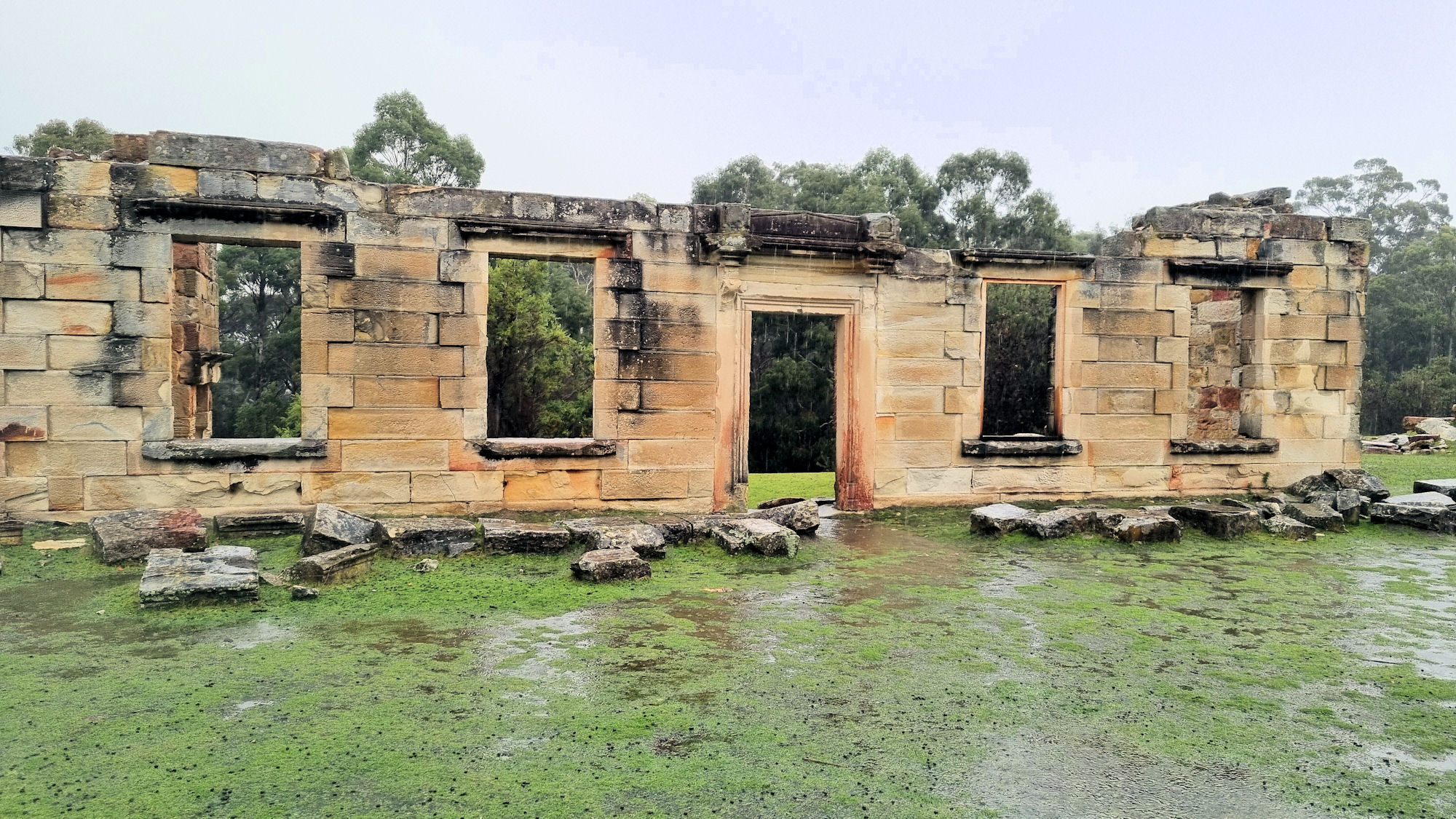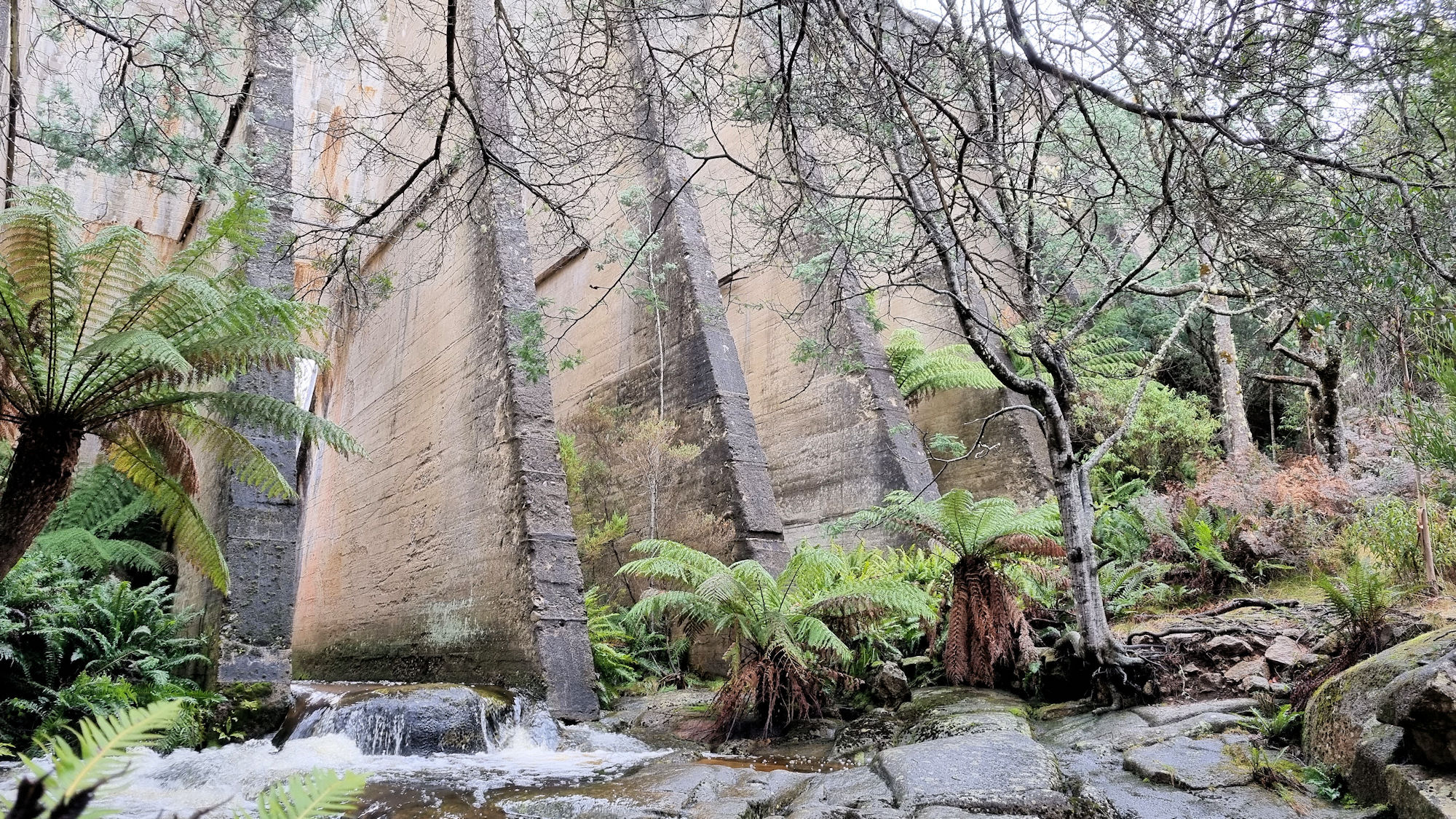Tag: Bush Walking
-
Eagle Rock Royal National Park

Eagle Rock in Royal National Park Getting There There are several ways to get to Eagle Rock, but we chose to start from Wattamolla car park. With great parking and toilet facilities, its a good place to start and finish the walk. A daily entry fee per car is payable and a ticket can be… Read more
-
Coal Mines Historical Site Tasmania

Coal Mines Historical Site The location of Tasmania’s first operational mine, the Coal Mines Historical Site, is now part of a World Heritage listed site where the ruins form a reminder of the past. Interpretive signs throughout the site not only describe the buildings use, but provide an insight into life there, by describing the… Read more
-
Mount Paris Dam Wall Tasmania

Mount Paris Dam Wall Mount Paris Dam Wall, on the Mt Paris Road, is the only surviving pillar and slab dam in Tasmania. Built across the Cascade River using only shovels and wheelbarrows in 1937, it was originally named the Morning Star Dam. An 11 Km water race connected it with the Mt Paris Mine.… Read more